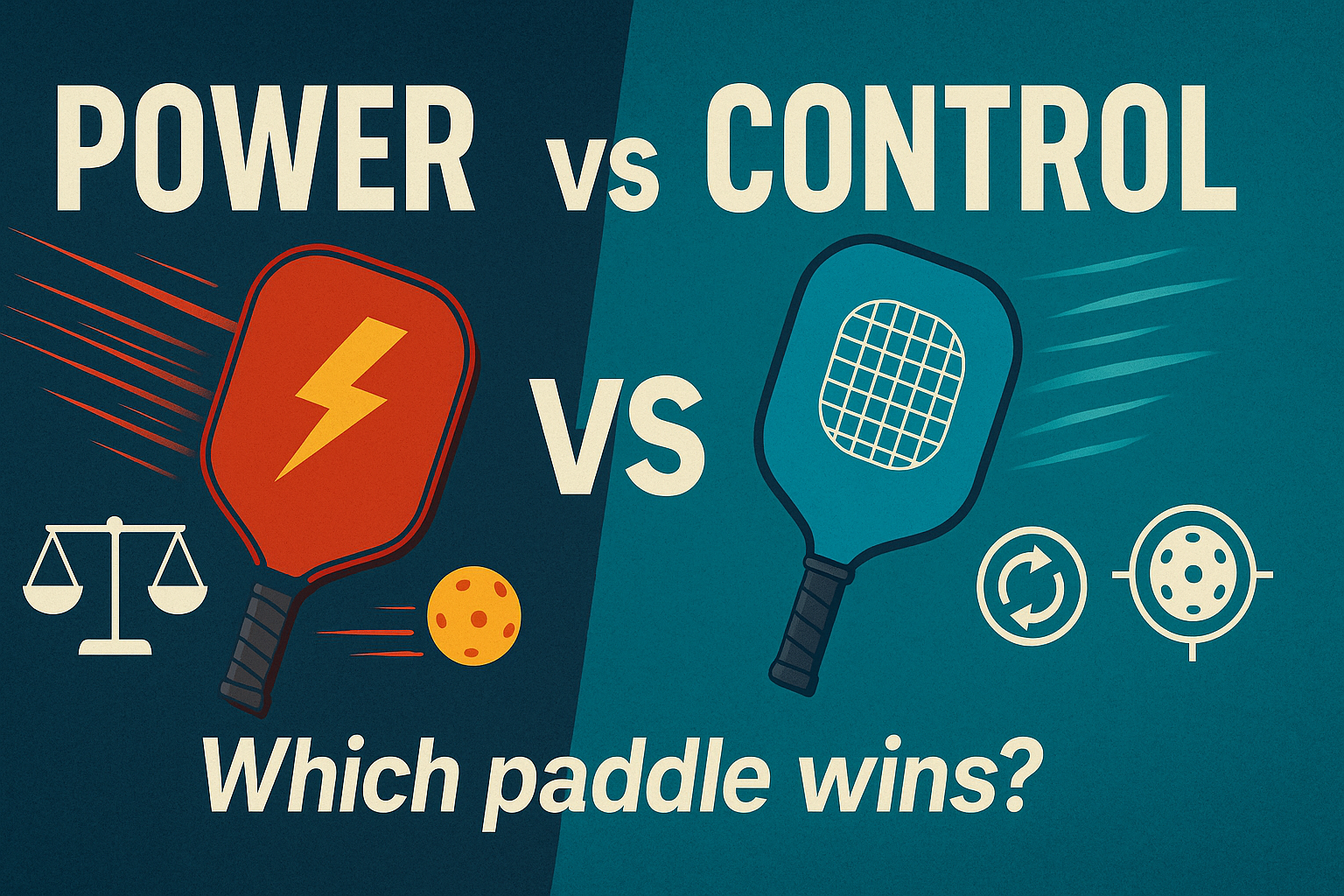- PICKLEBACKCLUB
- Posts
- Master the Sharp Angle
Master the Sharp Angle
Deception is a skill — and angles are its partner in crime.
PICKLEBACKCLUB
Buying Cannabis Online Is Now Legal, And Incredibly Convenient
Thanks to changing laws buying THC online is now 100% federally legal.
And when it comes to quality, reliability and ultimate convenience, Mood is leading the way…
Because, instead of memorizing confusing strain names – you simply choose how you want to feel: Creative, Social, Focused, Relaxed, Happy, Aroused, and more.
Hey Picklebackers! 🏓✨
Angles are one of the most elegant ways to control a pickleball rally — yet they’re often overlooked. Sharp angles don’t rely on brute force but on precision, disguise, and geometry. When executed well, they pull your opponent off the court, create open space, and let you dictate the point.
In this issue, we’re breaking down how to hit, hide, and harness angles to add a quiet — but deadly — weapon to your game.
🎯 Mastering Angles in Pickleball — and How to Disguise Them
Angles are one of the most effective yet underused weapons in pickleball. The ability to hit sharp angles — and make your opponent believe you’re going somewhere else — creates easy points, opens the court, and keeps your opponent constantly guessing. Let’s break this down into technique, disguise, strategy, and drills.
I. Understanding What Makes a Great Angle
An angle shot isn’t about power — it’s about geometry and timing.
You’re trying to hit the ball so it:
Crosses the net at a sharp trajectory,
Lands close to the sideline or NVZ corner, and
Stays low so the opponent can’t attack.
The sharper the angle, the more you pull your opponent wide, opening the middle for your next shot.
Think of it as “stretching” your opponent horizontally. When they move wide, you control the center — the most valuable real estate in pickleball.
II. Technique: How to Hit Angles Accurately
1. Positioning
To hit clean angles, your body must be balanced and slightly outside the ball.
Move your feet so you can make contact slightly in front and to the side of your body.
If you’re cramped or late, you’ll hit too straight.
For right-handers aiming crosscourt, get your right shoulder outside the incoming ball.
2. Contact Point
Contact the ball early and out in front.
For sharper angles, hit the ball at chest to waist height. Lower balls are better for softer, touch angles (like dinks).
The earlier contact helps direct the paddle path diagonally rather than forward.
3. Paddle Face and Path
Keep your paddle face square to your intended target line at impact.
For a soft dink angle: slightly open face, brush upward and across.
For a volley angle: firm wrist, short punch motion across your body.
For a drive angle: use topspin by brushing up and across the ball — this helps the ball dip sharply inside the sideline.
@pickleballwithtyler How To Disguise Your Shots🥒 Comment “PANDA”🐼 for the full video on How to Disguise Your Pickleball Shots | Drives, Drops, Dinks, Lobs & Sp... See more
4. Weight Transfer and Balance
Step toward your target with your lead foot (right foot for right-handers on forehand side).
Keep your body weight moving through the ball — this prevents floating it wide.
After the shot, recover toward the middle quickly — never admire your winner.
5. Controlling Depth
The best angles don’t just go wide — they land short near the NVZ line.
Use grip pressure to control depth (looser grip = softer, shorter shot).
When practicing, aim for balls that land 1–2 feet inside the NVZ sideline corner.
III. Disguising the Angle — the Art of Deception
To make angles effective against skilled opponents, you must disguise them. The key is to make your setup identical to your straight and crosscourt shots.
1. Same Stance, Different Outcome
Start each shot from a neutral, balanced position.
Keep your shoulders square to the net and paddle in a ready position.
Don’t “lean” into the angle early — your body should look like you’re going middle or straight until the last instant.
2. Late Paddle Face Change
The best disguise happens in the final split second.
Keep your paddle vertical during your backswing and preparation.
At the last moment (right before contact), turn your wrist slightly to close or open the paddle face toward the intended corner.
This small change is almost invisible to your opponent.
3. Shoulder and Head Control
Your shoulders and head give away direction.
Keep your eyes and chest neutral — if you turn your shoulders early, opponents will read it immediately.
You can even “fake” with your shoulder: start to rotate as if hitting a drive, then flick the ball crosscourt with your wrist.
4. Same Rhythm, Different Target
If you speed up your swing only when going for an angle, it’s easy to read.
Keep your swing tempo identical on every shot.
Change only the paddle path direction at contact.
5. Use Misdirection
Once you’ve built a rhythm of hitting crosscourt, throw in a look-off shot — your eyes stay crosscourt but your paddle redirects the ball down the line.
It’s one of the best ways to freeze an opponent who anticipates patterns.
IV. Strategic Application: When to Use Angles
During Dink Battles
Use an angled dink when your opponent’s weight shifts forward or they lean toward the middle.
Softly roll it wide to force them off the court, then attack the open space on the next shot.
From the NVZ Volley
If your opponent pops the ball a little high, go for a quick angled volley to their sideline.
Keep it low and fast — your goal is to surprise them before they can reset.
From the Baseline (3rd Shot or 5th Shot)
A soft, short angle drop can prevent your opponent from rushing the NVZ.
Mix it with deep crosscourt drives to keep them guessing.
In Transition Zone Play
If an opponent’s momentum is forward, hit an angle behind them — they’ll struggle to change direction.
V. Drills to Develop Angles and Disguise
1. Cone Target Drill
Place cones at the NVZ corners. Hit 50 balls crosscourt and try to land 25 near the cones. Focus on:
Compact swing
Early contact
Consistent depth control
2. Disguise Drill
Have your partner call out whether they think you’ll go straight or angled — after your setup but before contact.
If they guess correctly more than half the time, work on hiding your paddle face and shoulder rotation better.
3. Same Prep, Different Result
Practice alternating between a straight shot and a sharply angled shot — with identical body language and rhythm.
Record yourself and watch your shoulders and paddle angle. You’ll immediately spot your “tells.”
4. Mini-Court “Soft Angle” Drill
Both players stand just behind the NVZ line. Hit soft, controlled angled dinks crosscourt until one player wins the angle battle.
This teaches precision, touch, and net clearance.
5. Random Target Rally
Set up four numbered zones on the opponent’s court (left corner, middle, right corner, short angle).
Have your partner call a random number mid-rally, and you must disguise and hit that target instantly.
VI. Common Mistakes to Avoid
Over-swinging: Angles rely on control, not power.
Telegraphing early: Opponents can read your shoulders and eyes.
Hitting too high: Sharp angles need tight net clearance.
Not recovering: After a wide shot, always recover toward the middle quickly.
VII. Putting It All Together
Mastering angles and disguising them is about discipline and subtlety. You’re not trying to hit a highlight-reel winner every time — you’re trying to make your opponent constantly question:
When they start hesitating, you control the pace, the direction, and ultimately, the point.
Fact-based news without bias awaits. Make 1440 your choice today.
Overwhelmed by biased news? Cut through the clutter and get straight facts with your daily 1440 digest. From politics to sports, join millions who start their day informed.
Angles don’t need to be flashy to be effective. The real magic happens when your opponent has no idea what’s coming until it’s too late. Start small, build consistency, and layer in deception — soon, you’ll be the one controlling the rally’s shape and tempo.
Next time you step on the court, remember: power wins points, but angles win control.
See you on the NVZ line.
Dill-lighfully yours,
Your PICKLEBACKCLUB Team 🥒🎾




